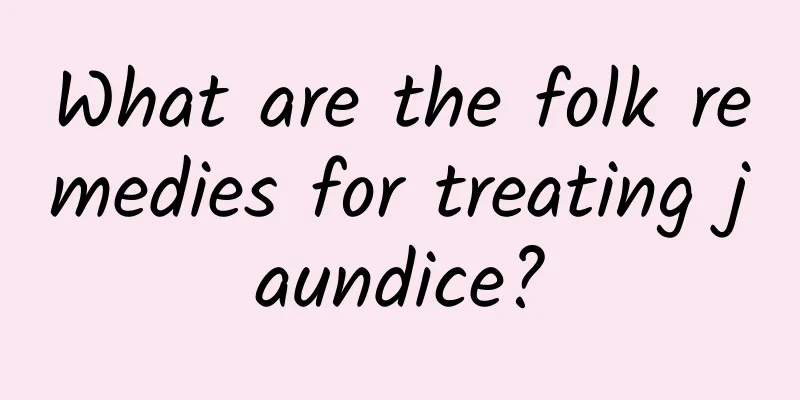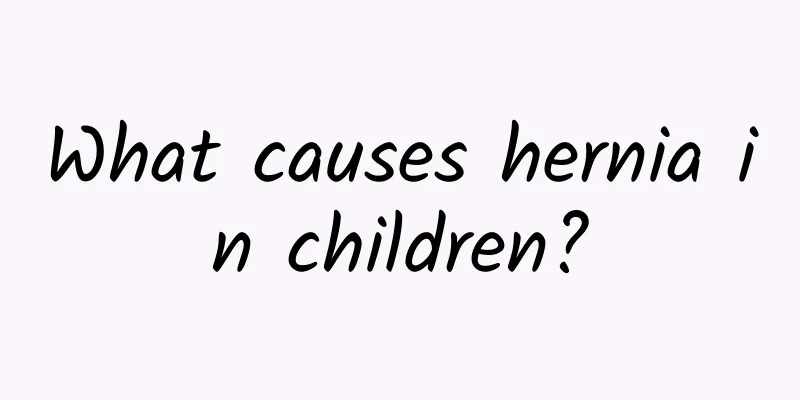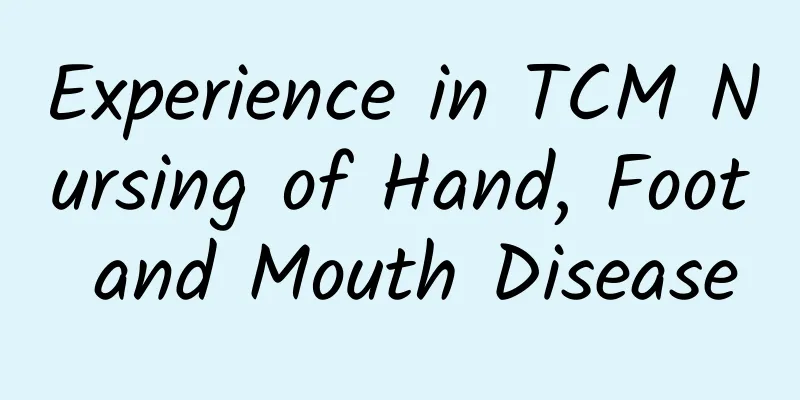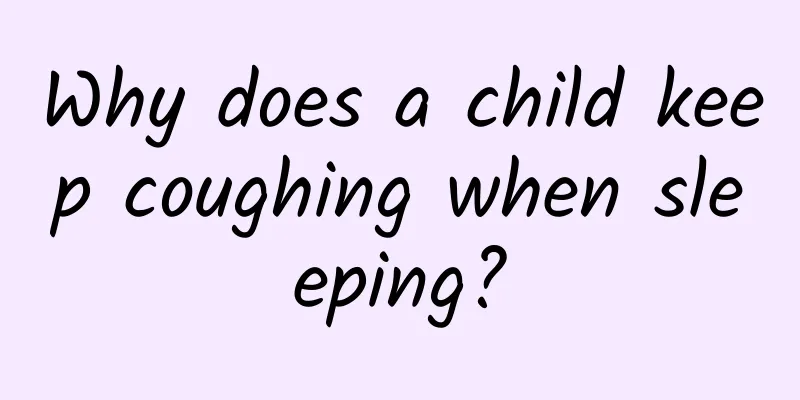Is hand, foot and mouth disease contagious during the incubation period? How long is the contagious period of hand, foot and mouth disease?
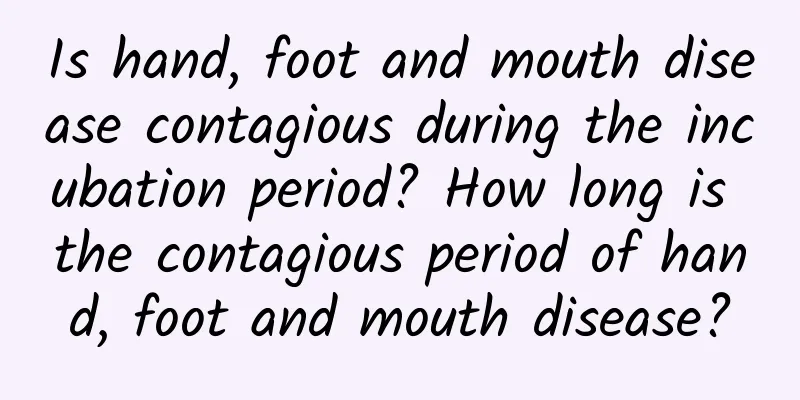
|
There are many diseases that are contagious, especially in spring and summer when infectious diseases are more common. Hand, foot and mouth disease is a common infectious disease that usually affects children. Hand, foot and mouth disease can be prevented, but it spreads quickly and has an incubation period. Is hand, foot and mouth disease contagious during the incubation period? How long is the infectious period of hand, foot and mouth disease? 1. Is it contagious during the incubation period? The incubation period of hand, foot and mouth disease is 2 to 7 days. The virus can be detected in the throat and feces of the infected person several days before the onset of the disease. Therefore, hand, foot and mouth disease is also contagious during the incubation period, but the contagiousness is not strong. It mainly depends on the immunity of the children who come into contact with the patient and the toxicity of the virus. 2. When is the most contagious? Hand, foot and mouth disease is usually most contagious within a week of the onset of illness. Generally, the hand, foot and mouth disease virus is mainly transmitted through feces, mouth, nose, respiratory tract, and skin contact, because patients can excrete the virus from the throat during the acute stage of the disease; the herpes fluid contains a large amount of virus, and the virus overflows when it breaks; several weeks after the onset of the disease, patients can still excrete the virus from their feces. 3. What are the symptoms of hand, foot and mouth disease? (1) General symptoms 1. Acute onset, incubation period of 3-5 days, with prodromal symptoms such as low fever, general discomfort, abdominal pain, etc. Blisters of millet to mung bean size appear on the oral mucosa, maculopapular rash and herpes appear on the hands and feet. The initial maculopapular rash turns into herpes, which are round or oval, like the size of rice grains, smaller than the chickenpox rash, harder in texture, with red halo around, less fluid in the blisters, and punctate or flaky erosions can be seen under the gray-white membrane. No scars or pigmentation are left after the rash subsides. If there is secondary infection, the skin damage is often aggravated. 2. In addition to the hands, feet and mouth, it can also be seen on the buttocks and near the anus, and occasionally on the trunk and limbs. It dries up and disappears after a few days, and the rash does not itch or cause pain. 3. Some children may develop generalized papules and blisters, accompanied by aseptic meningitis, encephalitis, myocarditis, etc. It may be accompanied by symptoms such as cough, runny nose, loss of appetite, nausea, vomiting, headache, etc. 4. Some cases only present with rash or herpetic pharyngitis. The whole course of the disease is about 5-10 days, and most of them can heal on their own, with a good prognosis and no sequelae. (2) Symptoms of severe cases 1. In a small number of cases (especially those under 3 years old), encephalitis, encephalomyelitis, meningitis, pulmonary edema, circulatory failure, etc. may occur. 2. Respiratory system manifestations include: shallow and difficult breathing, changes in respiratory rhythm, cyanosis of the lips, white, pink or bloody foamy fluid (sputum) in the mouth, and sputum sounds or moist rales in the lungs. 3. Neurological manifestations include: poor spirit, drowsiness, headache, vomiting, easy to be frightened, limb tremors, weakness or paralysis; physical examination may reveal meningeal irritation and weakened or disappeared tendon reflexes; critical cases may show frequent convulsions, coma, cerebral edema, and brain herniation. 4. The circulatory system manifestations are: pale complexion, faster or slower heart rate, shallow, rapid, weakened or even absent pulse, cold limbs, cyanosis of fingers (toes), and increased or decreased blood pressure. 4. When is the peak period? Hand, foot and mouth disease is widespread, with peak incidence in summer and autumn. The disease often occurs sporadically after an outbreak, and during an epidemic, collective infection may occur in public places, such as schools and kindergartens. The disease is highly contagious and has a complex transmission route, which can cause a large-scale epidemic in a short period of time. The incidence of hand, foot and mouth disease is mostly in infants under 3 years old, and the disease will become popular every 2-3 years. 5. How to prevent hand, foot and mouth disease 1. If a sick child is found, he or she should be isolated, observed and treated. Those who have contact with the child should be disinfected regularly to avoid infecting healthy children, and children in the same class should be screened for the virus. 2. Always pay attention to the hands, feet, and mouth of children. Kindergartens should conduct morning checkups on children every day, measure their body temperature, and check their hands, feet, and mouth. If a child has small herpes, they should be checked in time to rule it out. If it is not this disease, the herpes should be treated in time. 3. Children's underwear, bed sheets, and pillowcases should be changed and washed frequently to keep them clean. Clothes should be soft, loose, and comfortable. Clothes and quilts should be frequently ventilated and exposed to the sun for disinfection. Toys that children often play with should be cleaned and disinfected daily. 4. Educate children to wash their hands frequently, especially before meals and after defecation. Be sure to use soap or hand sanitizer to thoroughly clean their hands, develop a good habit of washing hands, and avoid bacterial infection. 5. During the virus epidemic, you should stay at home or in places with clean and fresh air more often, and avoid going to crowded public places. Because public places have a large flow of people and the air is not circulating, children's antiviral ability is poor, which creates a good environment for virus invasion. 6. Dietary principles Children with hand, foot and mouth disease have a poor appetite and are unwilling to eat due to fever and oral herpes. It is advisable to feed babies light, warm, delicious, easily digestible, soft liquid or semi-liquid food, and the food temperature should be slightly warm or cool, such as milk, porridge, soy milk, soft noodles, etc. Avoid eating cold or spicy food, salty food, and sour fruits to reduce the stimulation to the oral ulcer surface. Drink more warm water. It is best not to feed children fish, shrimp and other fishy foods to avoid aggravating the condition. |
<<: What are the symptoms of hand, foot and mouth disease in children?
>>: Is herpetic pharyngitis hand, foot and mouth disease?
Recommend
Is diarrhea in children harmful? Will diarrhea in children cause convulsions?
Pediatric diarrhea is a very common disease in in...
What are the methods to prevent acute laryngitis in children?
What are the methods to prevent acute laryngitis ...
What are the causes of infant eczema? There are 7 common factors that cause infant eczema.
Eczema is one of the diseases that bothers many b...
How to care for children with pneumonia
Many diseases may occur in the neonatal period, a...
What is the cause of tonsillitis in children? I recommend two treatment methods for tonsillitis in children.
Tonsillitis is a common disease in children and o...
When does jaundice occur?
Generally, when a child is born, around the secon...
Recommended 3 folk remedies for treating pneumonia in children 4 symptoms of pneumonia in children
If there is a child with pneumonia at home, in ad...
What are the typical symptoms of neonatal breast milk jaundice
What are the typical symptoms of neonatal breast ...
How much does it cost to cure pneumonia in children?
How much does it cost to cure pneumonia in childr...
What is the cure rate for Kawasaki disease?
What is the cure rate of Kawasaki disease? In fac...
What aspects should be checked for diarrhea medicine in children
In the process of raising children, we all have s...
Diet for children with mid-stage renal disease
Kidney disease is a general term for various dise...
How to treat chronic cough in children
Chronic cough in children mainly needs to be trea...
How to use medicine for children's cough? What are the symptoms of children's cough?
There are many reasons why children cough, and th...
Which hospitals are good for treating diarrhea in children?
Infantile diarrhea, also known as infantile indig...

